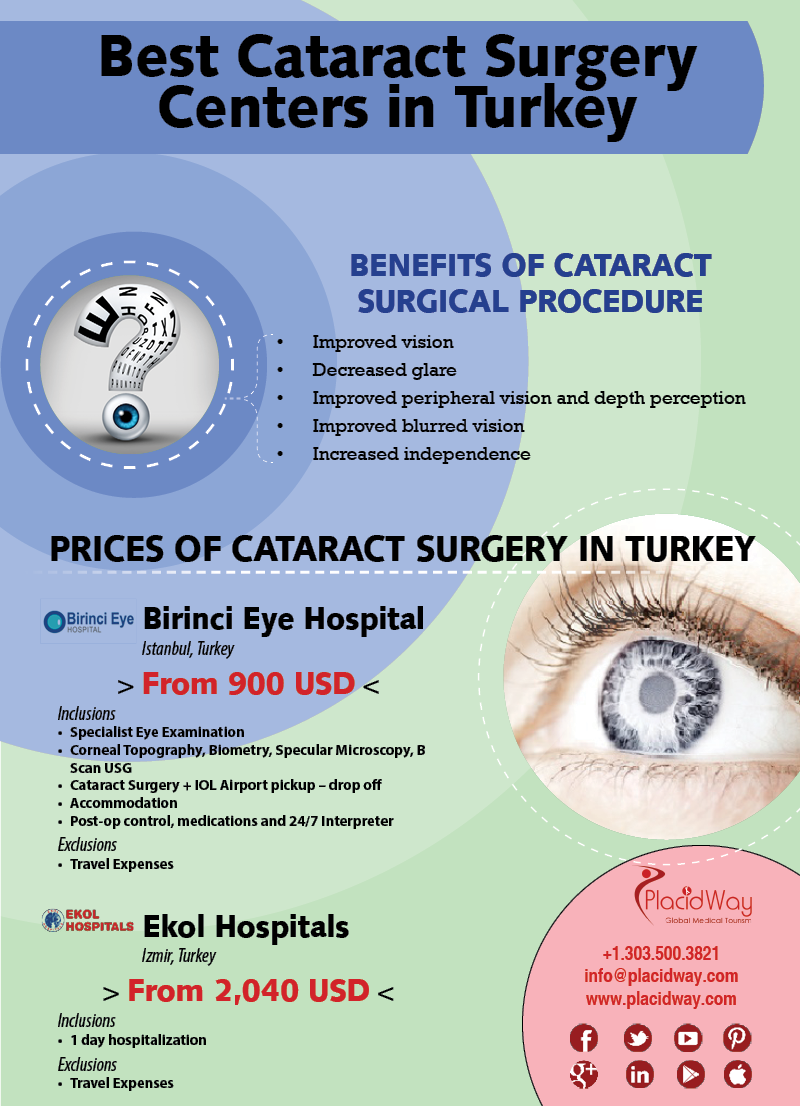An Evaluation Of Traditional Cataract Surgical Procedure Versus Laser-Assisted Techniques: Benefits And Disadvantages
An Evaluation Of Traditional Cataract Surgical Procedure Versus Laser-Assisted Techniques: Benefits And Disadvantages
Blog Article
Write-Up Produced By-Brogaard Hebert
When pondering the choice between typical cataract surgical treatment and laser-assisted methods, you might find yourself evaluating the advantages and disadvantages each technique uses. The decision exceeds the surface degree of cost and accuracy, diving right into the world of long-term end results and client satisfaction. As you navigate through the complexities of these 2 methods, it comes to be vital to understand the nuanced details that can substantially influence your visual clearness and general experience. Stay tuned to reveal the essential variables that will certainly guide your decision-making procedure in this important aspect of eye treatment.
Typical Cataract Surgical Procedure Pros and Cons
When considering traditional cataract surgery, you might discover that it's a well-established and widely-used technique. In this treatment, a surgeon makes a little laceration in the eye and uses ultrasound to separate the cloudy lens before removing it. When LASIK Today is gotten rid of, a man-made lens is inserted to restore clear vision.
One of the primary advantages of traditional cataract surgery is its track record of success. Many people have had their vision considerably improved via this treatment. In addition, traditional surgical procedure is often covered by insurance policy, making it a much more obtainable alternative for many people.
Nevertheless, there are some disadvantages to conventional cataract surgical procedure as well. Healing time can be much longer contrasted to newer techniques, and there's a slightly greater risk of issues such as infection or inflammation. Some people might additionally experience astigmatism or call for analysis glasses post-surgery.
Laser-Assisted Techniques Benefits And Drawbacks
Exploring laser-assisted strategies for cataract surgical treatment unveils a contemporary strategy that utilizes laser modern technology to perform crucial steps in the treatment. One of the key advantages of laser-assisted cataract surgical procedure is its accuracy. The laser allows for very precise cuts, which can lead to better aesthetic outcomes. Furthermore, using lasers can decrease the amount of ultrasound power needed during the surgical treatment, potentially reducing the threat of complications such as corneal damage.
On the downside, laser-assisted methods can be extra costly contrasted to typical techniques. This expense mightn't be covered by insurance policy, making it much less accessible to some patients.
One more consideration is that not all cataract specialists are trained in laser modern technology, which might limit your alternatives for picking a cosmetic surgeon.
Last but not least, while the laser can automate certain elements of the treatment, the surgery still calls for a skilled cosmetic surgeon to guarantee successful outcomes.
Comparative Evaluation of Both Techniques
For a comprehensive understanding of cataract surgical procedure strategies, it's essential to carry out a relative analysis of both typical and laser-assisted techniques.
Standard cataract surgical procedure involves hands-on incisions and using handheld devices to separate and get rid of the cloudy lens.
On the other hand, laser-assisted cataract surgery uses advanced technology to produce accurate cuts and separate the cataract with laser power prior to removing it.
In terms of precision, laser-assisted techniques offer a greater degree of precision compared to conventional methods. Making use of lasers permits customization of the procedure based on each patient's eye makeup, possibly causing better visual results.
Nevertheless, laser-assisted cataract surgical treatment has a tendency to be much more pricey than standard surgery, which may limit availability for some people.
While both approaches work in restoring vision impaired by cataracts, the choice between traditional and laser-assisted techniques frequently depends on variables such as cost, precision, and individual client needs.
Consulting with your ophthalmologist can help establish one of the most ideal technique for your cataract surgical treatment.
Final thought
In conclusion, when determining between typical cataract surgical treatment and laser-assisted strategies, consider aspects like price, precision, and individual requirements. Conventional surgical treatment supplies a tried and tested track record and insurance policy coverage but might come with longer healing times. Laser-assisted methods offer greater precision and modification yet can be a lot more costly and not constantly covered by insurance coverage. Ultimately, the selection between both methods depends upon what is essential to you and your certain circumstance.
